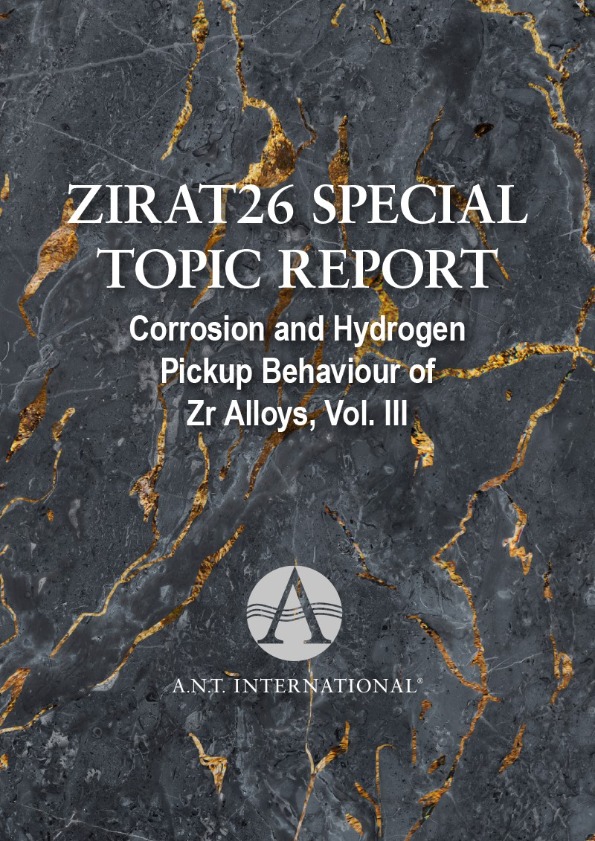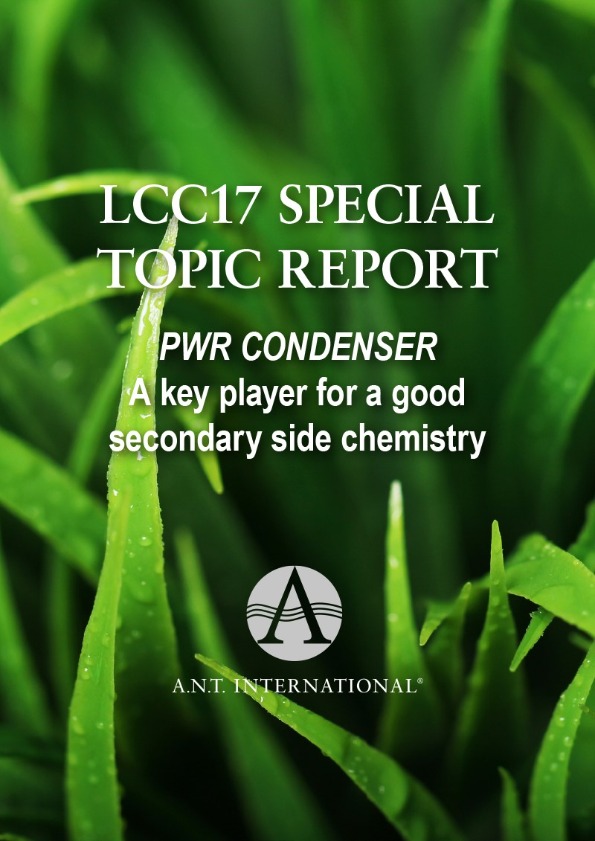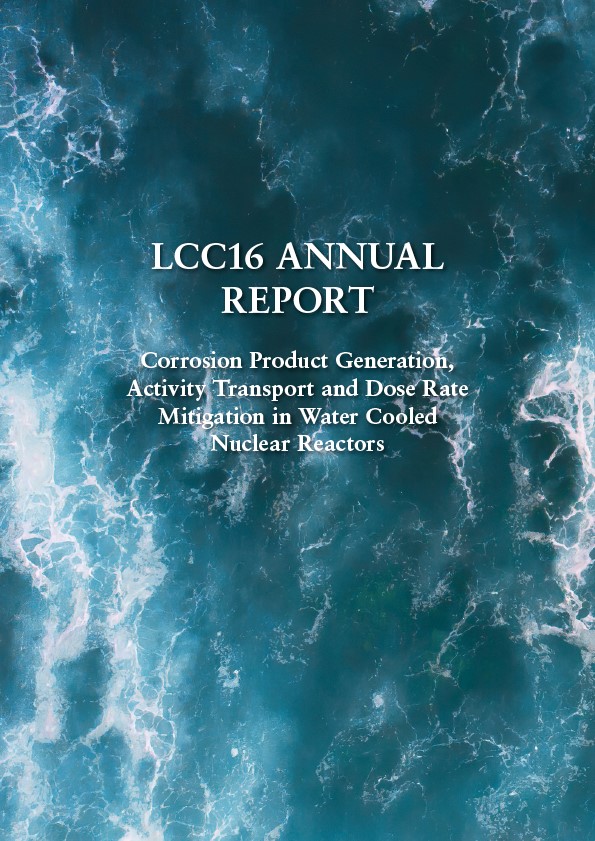Corrosion and Hydrogen pickup (HPU) mechanisms of Zr alloys remain a top priority of the nuclear industry. Commercial Zr alloys have today adequate in-reactor corrosion properties. However, hydrogen in fuel components limits the fuel performance today during normal operation and accident conditions as well as during transport of spent fuel. Despite more than 50 years research, the corrosion and HPU mechanisms are still not clear. Improved understanding of the in -reactor oxidation and hydrogen pickup mechanisms are thus required. To shed light on theses complicated mechanisms A.N.T. International has published a set of three reports (Vol. I, II and III) with the focus on explaining the very complicated corrosion and hydrogen pickup mechanisms in an understandable manner.
Volume III gives an introduction to the best understood mechanisms of Zr alloys corrosion and HPU mechanisms, with the aim of giving a ”mental image of the phenomena”, more than discussing in detail all the controversial aspects of the current scientific debates.
DOWNLOAD SAMPLE










